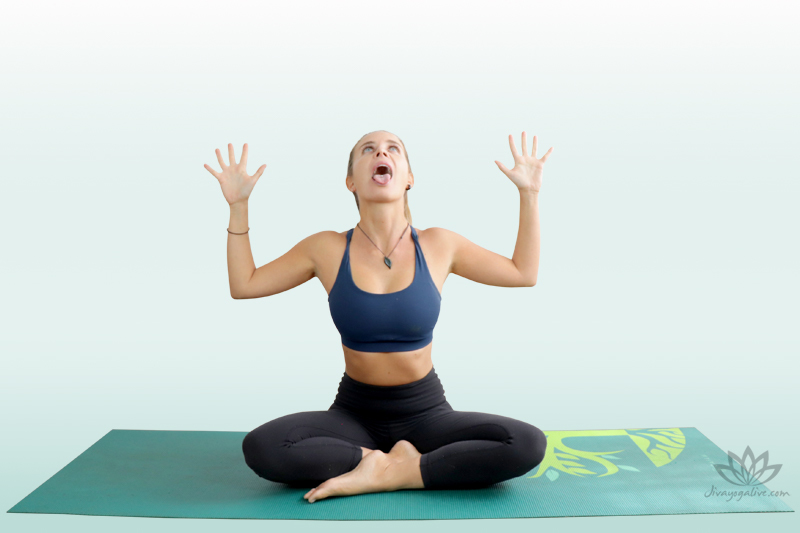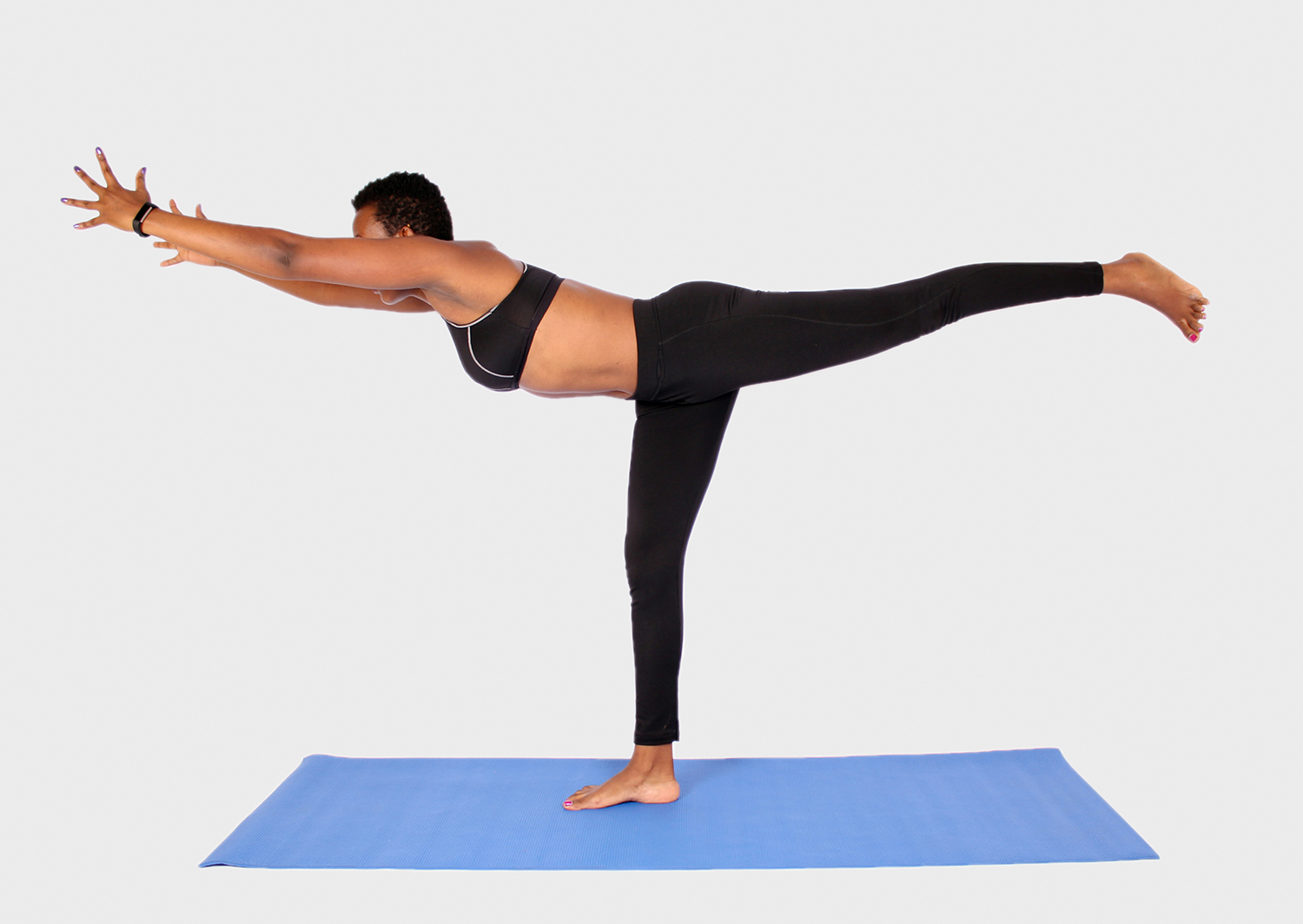Yoga has some potential benefits for dental health. However, it cannot physically straighten or align teeth effectively on its own. But yoga can potentially provide some complementary benefits for your dental health. In this article, we’ll talk about the relationships about yoga and the teeth health.
How Can Yoga Help Dental Health?
While orthodontic treatments like braces and aligners are the standard approach for straightening teeth, some yoga practices may provide some complementary benefits:
Strengthens Facial Muscles
Poses like lion’s breath and tongue stretches engage the muscles of the face, jaw, mouth and tongue. Strengthening these muscles can provide more balance.
Holding lion’s breath pose applies pressure on the front teeth. With guidance, this may potentially expand the dental arches over time.
Jaw stretches and massages release tension in the chewing muscles to prevent clenching and grinding issues.

Reduces Stress
Chronic stress and anxiety can lead to tightened jaw muscles, nighttime teeth grinding, and clenching.
Yoga postures, meditation and breathing exercises calm the mind and relax your body. This can help you to minimize the dental stress habits.
Improves Body Posture
Poor posture like rounding the shoulders or poking the head forward puts uneven pressure on the teeth and jaws.
Yoga builds awareness of proper head, neck and back alignment. Good posture applies force evenly across the dental arches.
Regulates Breathing
Mouth breathing lowers oxygen levels, restricts nasal airways and limits proper tongue position.
Yogic breathing techniques encourage nasal breathing which may expand and stabilize the upper and lower dental arches.

Increases Body Awareness
Yoga increases proprioception and awareness of habits like tongue thrusting, an open bite, or uneven swallowing patterns that affect alignment.
This mindfulness can then be applied to gently change detrimental oral habits.
6 Tips for Using Yoga for Dental Health
When using yoga with the aim of improving dental health and occlusion, here are some tips:
Consult Your Dentist/Orthodontist
Check with your dental providers about incorporating yoga, especially if you wear orthodontic appliances like braces or aligners.
Ask for guidance on safe jaw opening/stretching based on your unique dental situation.
Get customized advice on yoga breathing techniques to support your treatment plan.
Focus on Balance
Avoid over-engaging either the inner mouth muscles or outer jaw muscles.
Spend equal time strengthening the tongue and stretching the outer jaw muscles.
Be aware of symmetry and do poses evenly on both sides of the mouth.

Pay Attention to Tongue Position
- Keep the tongue tip resting gently on the roof of the mouth during yoga poses and breathing.
- Concentrate on keeping the back of the tongue uplifted to allow proper nasal air flow.
- Keep lips gently sealed versus mouth breathing during poses.
Practice Relaxation and Breathing Exercises
Savasana relaxation pose reduces systemic tension and clenching habits.
Incorporate yogic breathing several times a day to calm the mind and body.
Try breathwork and meditation before bed to strengthen your teeth health.
Maintain Excellent Oral Hygiene
Regular brushing, flossing and professional cleanings prevent decay and gum disease regardless of yoga practice. But remember to keep up with regular orthodontic adjustmentsfor your teeth.
Conclusion
Yoga may provide benefits like relieving tension, strengthening facial muscles, and promoting proper tongue posture. But traditional braces or clear aligners remain the gold standard for correcting occlusal issues. Patients should follow their orthodontist’s advice regarding the appropriateness of yoga during active dental treatment.
